Like most fruits guinea pigs can eat plums, but in moderation! There are both positives and negatives to feeding your guinea pig plums, and it’s important to note down the adverse ways that your piggy could react to it before you decide to introduce this fruit to them.
We've also got a Fruit Master List that lists common fruits that your piggy can and can't eat!
What vitamins and other nutrients do plums contain?
Calcium
Your guinea pig needs calcium to form and maintain strong bones! Their heart, muscles, and nerves need calcium to function properly. As you can see, bones aren’t the only part of the guinea pig body that relies on calcium, however it is a big part of what relies on it.
Calcium ensures that your guinea pig’s bones are strong and remain strong throughout their lives, no matter what age they are.
However, it’s important to note that too much calcium can lead to some pretty painful consequences for your guinea pig in the form of urinary tract infections, and bladder stones that sometimes even have to be removed with surgery. In order to avoid this, it’s important that you keep an eye on how much calcium you feed your guinea pigs across all the foods they’re eating! There is 6 mg in 100 g of plums.
Potassium
This is important for the regular function of all cells, and it also helps with regulating heartbeat, proper function of muscles and nerves. It’s important to maintain muscle function in your guinea pigs, especially if they’re going to be running around and exploring their cage with their piggy friends!
Potassium also aids with making protein and using carbohydrates. That means in order for your guinea pig to be properly fueled by their food, they need potassium to correctly allocate where the energy from carbs goes.There is 157 mg in 100 g of plums.
Phosphorus
This works in tandem with calcium to keep your guinea pig’s bones strong! It’s important that the calcium and phosphorus content in your guinea pig’s foods are proportionate in order for them to do their jobs properly.
The ideal calcium-to-phosphorus ratio is 1.33:1. When we look at the ratio in plums, it’s 0.5:1, which is OK, but it could be better! It also helps remove waste and repair damaged tissues in your piggy’s body. There is 16 mg in 100 g of plums.

What other benefits do plums provide for your guinea pig?
Plums have lots of other benefits for your piggy and their diet. It’s low in calories, which means weight gain is less likely from this fruit in particular. There’s also a great amount of antioxidants, which can protect your guinea pig’s cells from free radicals. Properties in plums also help with your piggy’s ability to send and receive nerve signals.
What are the downsides about plums for guinea pigs?
While there are some great benefits, there’s also some negatives that you should keep in mind before feeding plums to your guinea pigs. There’s a good amount of fiber, which means it’ll help with digestion, however too much fiber can also lead to constipation and diarrhea, which can then lead to dehydration. The amount of calcium in plums puts your guinea pig at risk for developing calcium deposits in their urine, which can be difficult and painful to pass.
Guinea pigs can eat plums, but do they like it?
They do! Guinea pigs love anything that is sweet.
How should you go about feeding your guinea pig plums?
Just like with most fruits, we want to keep their consumption to a minimum to avoid overloading on sugar and other things like calcium. This is important so they don’t develop illnesses or infections. If you decide you want to include them into your guinea pig’s diet, it should only be about one or two small slices of plum, twice a week at most!

Overall, it is OK to feed your guinea pigs plums!
In general, we suggest that fruits be served very carefully because of all the sugar that they usually contain. While there can be many benefits that fruits have for our piggies, it’s important to serve them in moderation to balance out all the nutrients that they need and get!









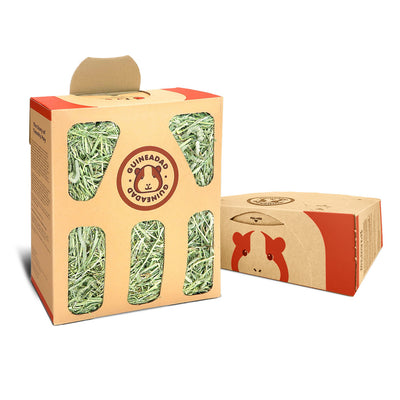
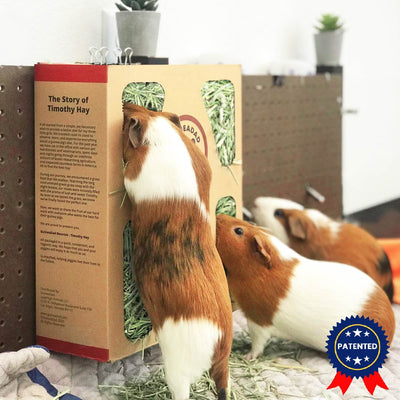
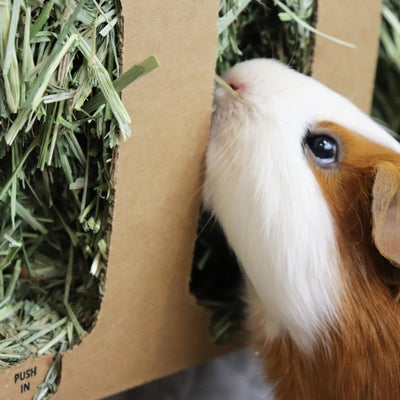
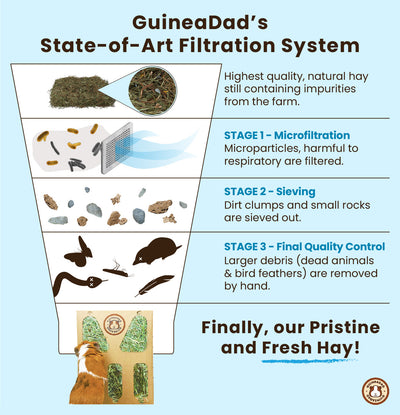
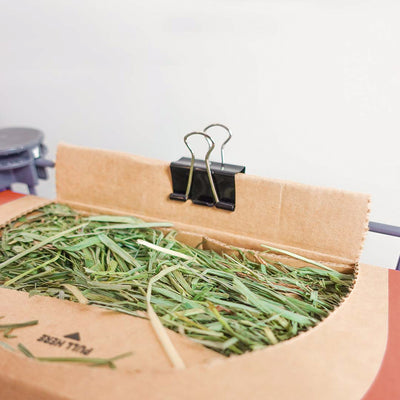
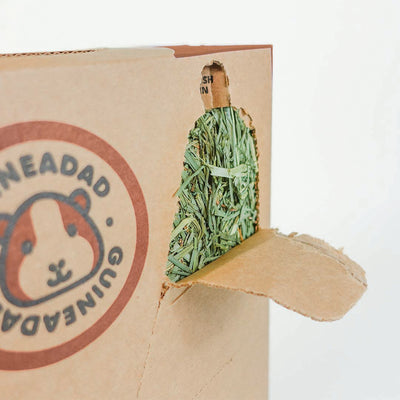
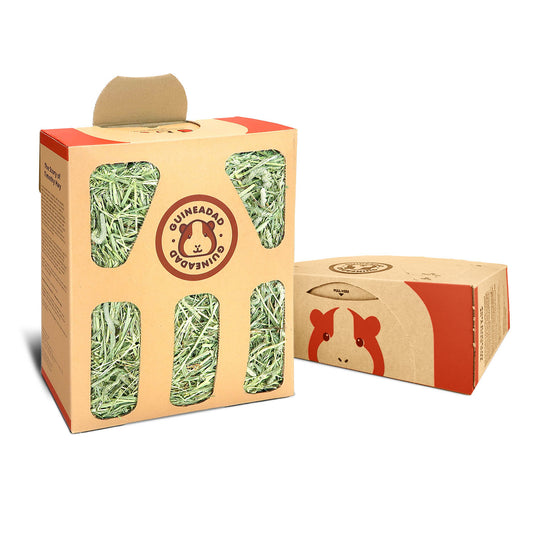
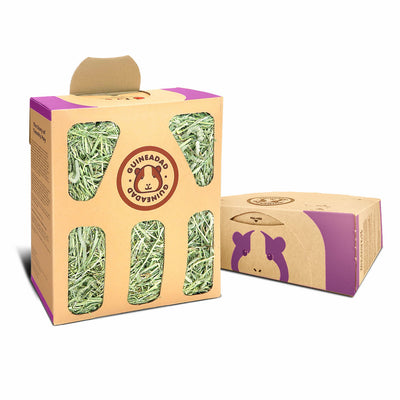
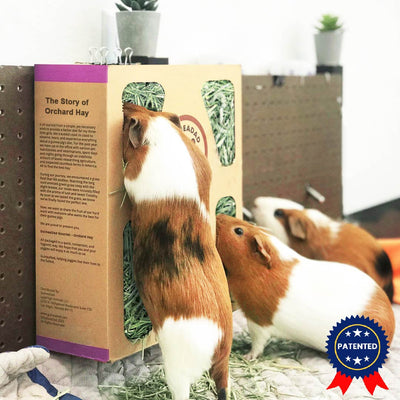
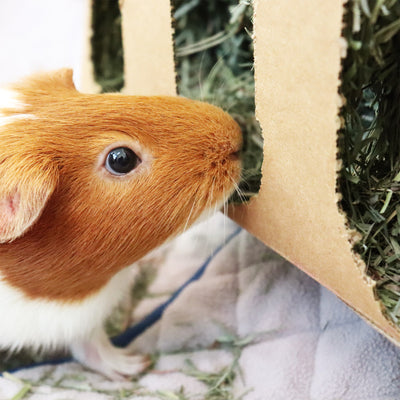
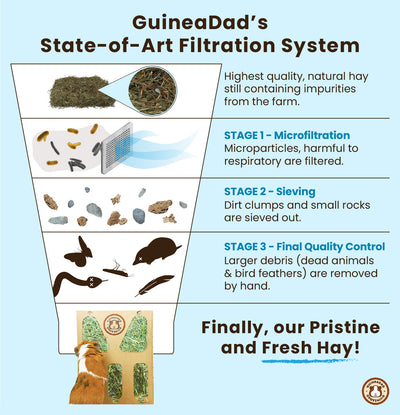
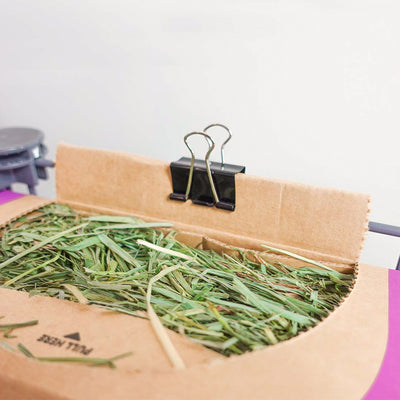
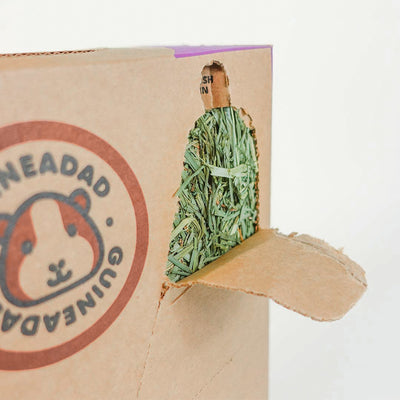
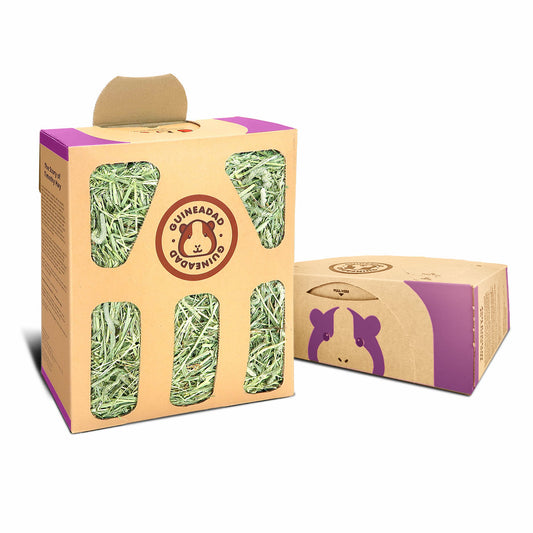
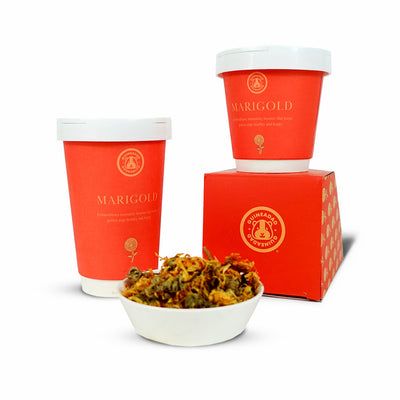
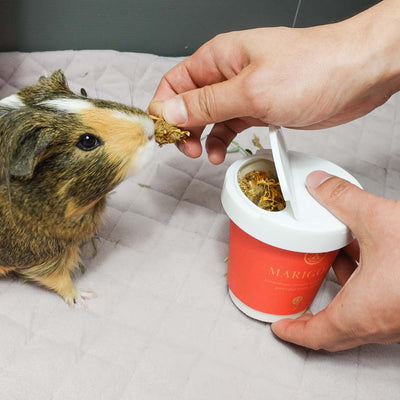
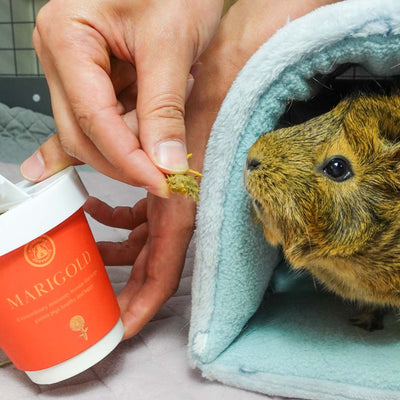
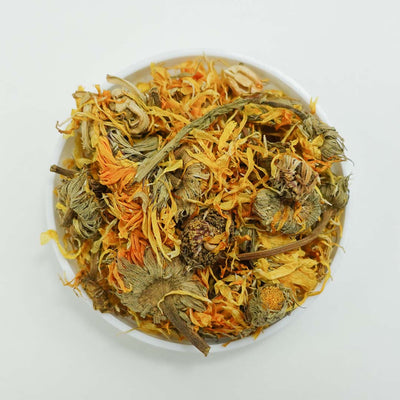

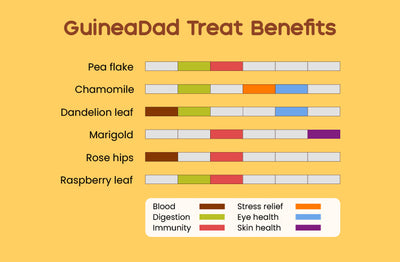
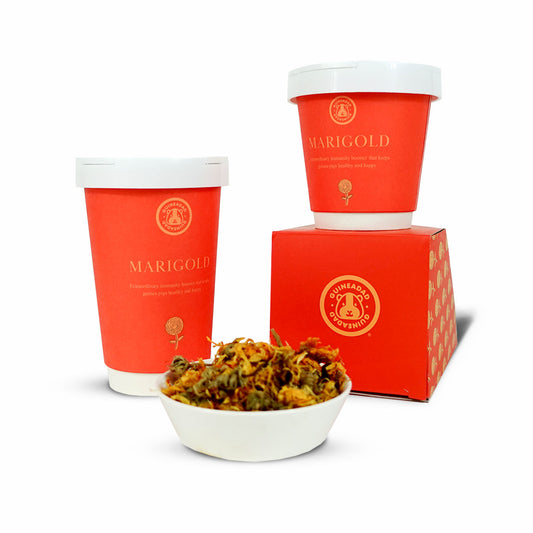
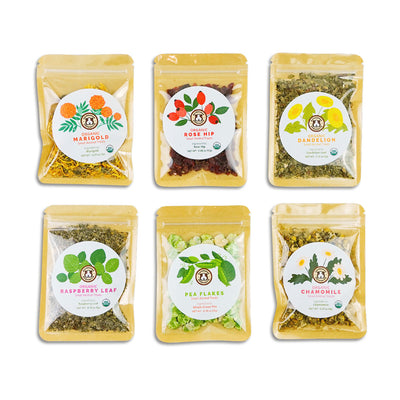
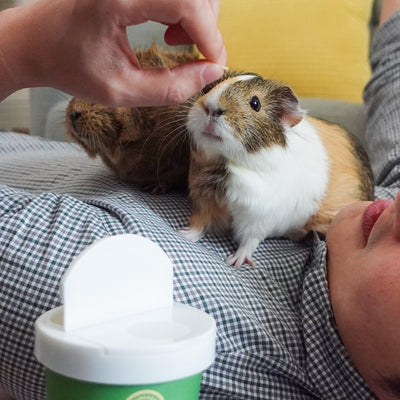
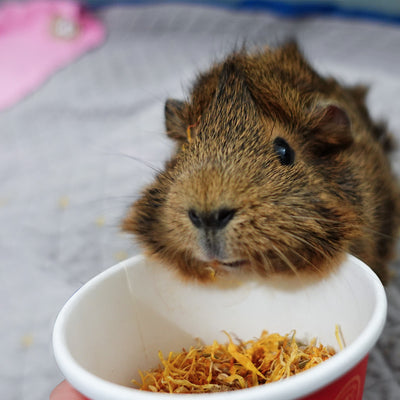

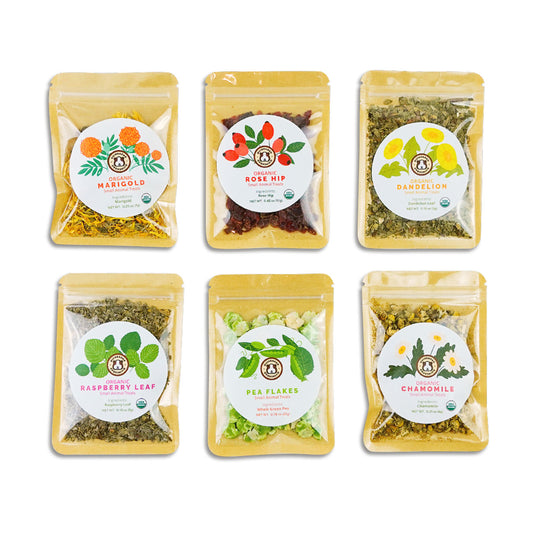
1 comment
can piggies eat leaves from a cherry plum tree ?